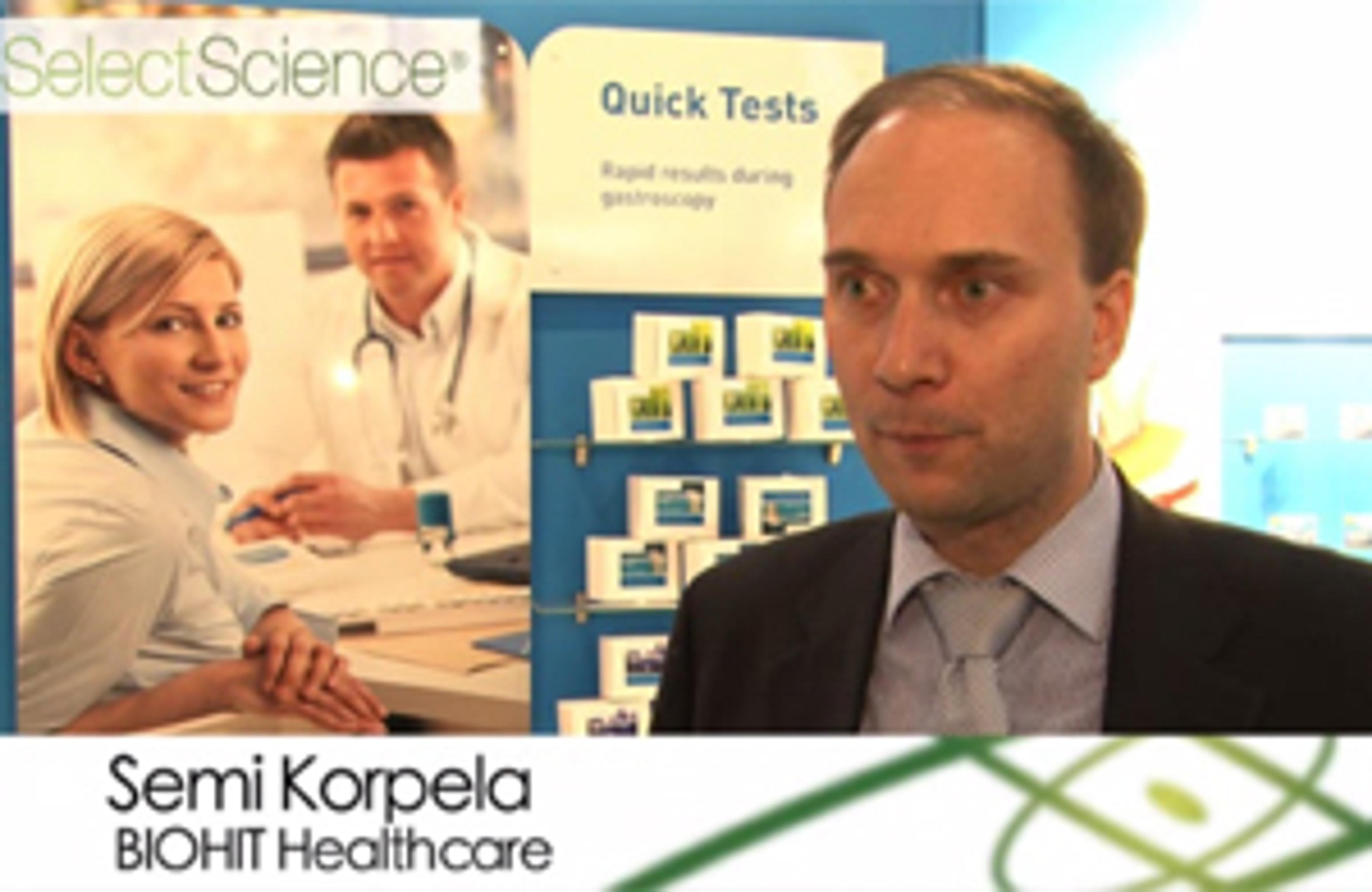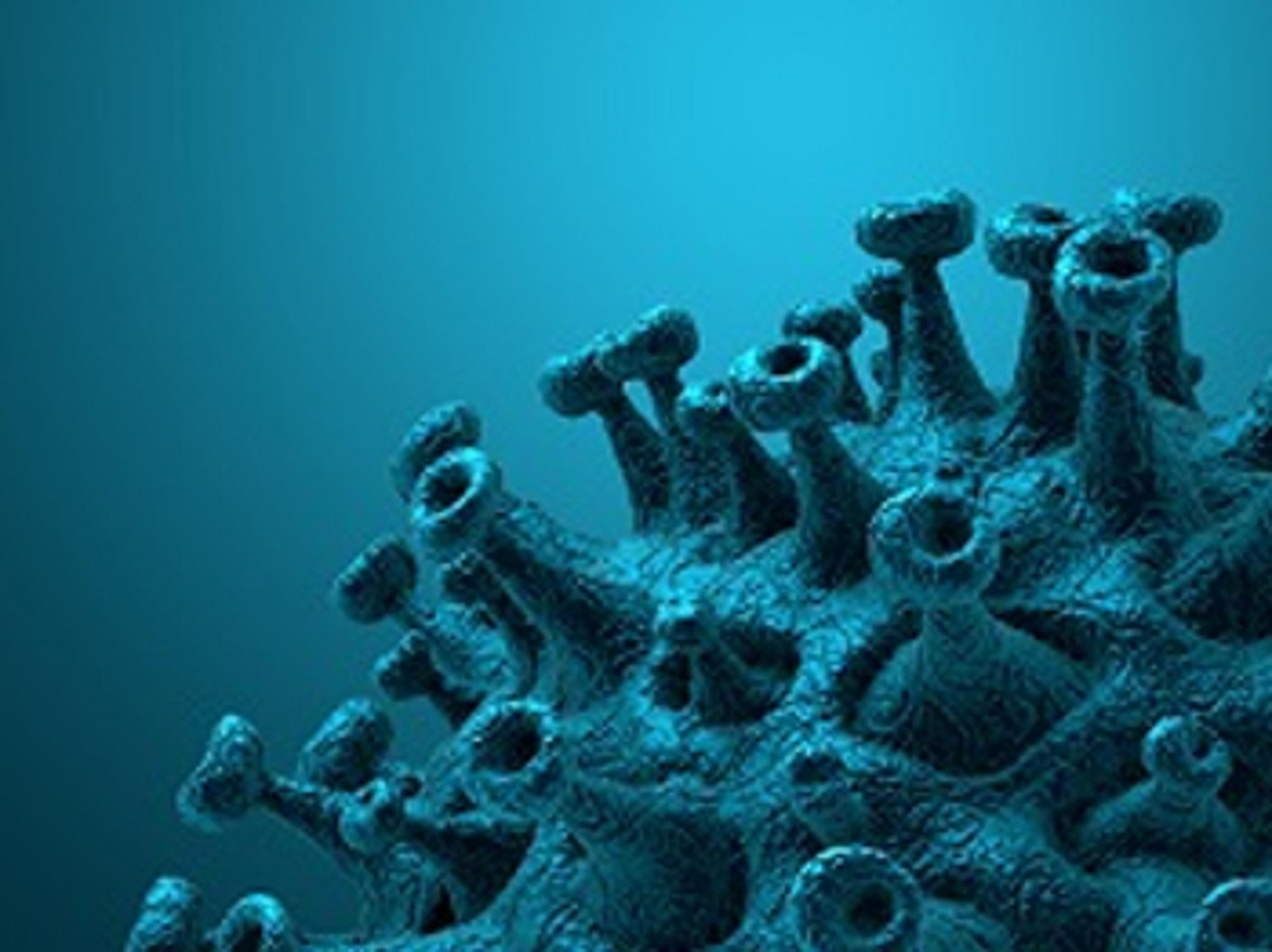Biohit GastroView for diagnosis of atrophic gastritis and Helicobacter pylori infection
Simple finger prick blood sample based examinations Risk-free and comfortable for the patient Promote selection and prioritisation of patients for gastroscopy Aid gastroscopy in locating atrophy in corpus, antrum or both Promote screening of patients at risk Reduce trial treatments and related problems and costs Improve the level of health care and quality of life In the GastroView examination, three biomarkers…
- Simple finger prick blood sample based examinations
- Risk-free and comfortable for the patient
- Promote selection and prioritisation of patients for gastroscopy
- Aid gastroscopy in locating atrophy in corpus, antrum or both
- Promote screening of patients at risk
- Reduce trial treatments and related problems and costs
- Improve the level of health care and quality of life
In the GastroView examination, three biomarkers are measured from a sample of blood taken from the fingertip: Pepsinogen I and Pepsinogen II, and Helicobacter pylori antibodies.
When GastroView results are within the reference ranges, the patient’s stomach mucosa is healthy. If the results are outside the reference ranges, they can be used to determine whether the patient suffers from H.pylori gastritis, and whether it has become atrophic in the corpus mucosa. The more severe corpus AG is, the lower is the concentration of pepsinogen I and the pepsinogen I and II ratio. As described for GastroPanel, corpus AG is linked with an increased risk of gastric cancer and of the deficiencies of vitamin B12, iron and calcium, with the related risks (see GastroPanel section).
GastroView analysis can be performed on EDTA plasma prepared from a finger prick blood sample. The whole blood sample can be stored for up to five days at room temperature before separation of plasma. This enables sample collection in an environment where immediate plasma separation is not possible. Furthermore, as fasting is not required, the sample can be taken at any time of the day and without prior fasting. GastroView results can be interpreted on the basis of reference
values, or aided by the GastroSoft program.
Samples for the GastroView examination can be taken around the clock, and specimens can be straightforwardly stored and sent. For the GastroView examination, a blood sample of at least 150 µl (0.15 ml) must be drawn from the fingertip into an EDTA capillary tube. Another option is for about 2.0 ml of venous blood to be drawn into an EDTA tube. The tube can then be sent to Biohit’s service laboratory for analysis. The kit contains everything required for sample collection: Instructions
for use and a patient information sheet; an alcohol wipe; a sterile lancet; a capillary sample tube for sample collection; a protective tube and an envelope for sending the sample by mail to an analysing laboratory. Samples should be taken only by trained professionals.
GastroView is primarily intended for healthcare centres, general practitioners and company doctors. Blood samples taken from fingertips may also be sent to Biohit’s service laboratory (in the UK and Finland) by places such as chemists, health resorts, nursing homes and sheltered accommodation for veterans and senior citizens, physiotherapists, trained chiropractors searching for nerve damage, and nutrition specialists.
Please note that GastroView is available for research use only in the United States and Japan.








